Bernd Pischetsrieder, a former Volkswagen boss, once volunteered in a round-table interview that he had just driven the latest Golf model due for launch in a few months.
“What’s it like?” asked one journalist. Pischetsrieder looked nonplussed.

“It’s like a Golf,” he replied, staggered that anyone could be quite so ignorant.
He had a point. Over 50 years and a total 37 million sales across the world, VW’s Golf has often been the answer to pretty much any and every motoring question. Now in its eighth generation, for the last half century, Golf has been the quintessential family-sized hatchback: spacious, economical to run, reliable and stylish, and, like the original Mini, brilliantly classless.
It’s been beloved by generations of European families, including our own Royal family, and by quite a few Americans, where it was originally badged as the Rabbit. And in that super-sized land, our medium-sized Golf is seen as a compact car.
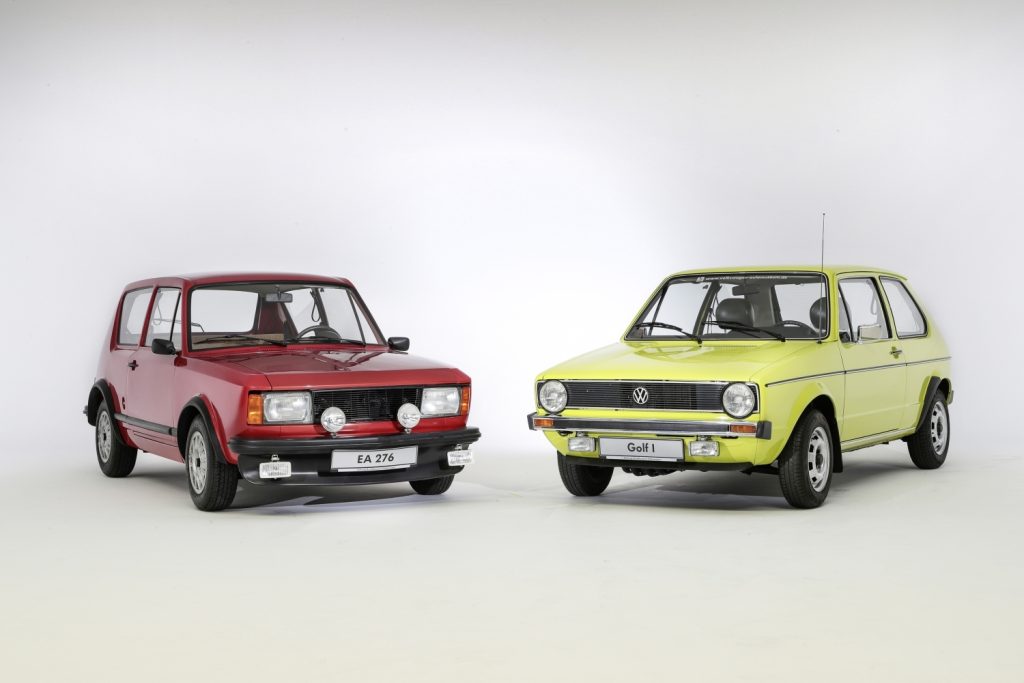
Nevertheless, as a Beetle replacement, the Golf was a long time in gestation. From as far back as 1952, under VW’s first managing director, Heinrich Nordhoff, the company had been developing a series of rear-engine Beetle replacements – over 70 of them, many of which were painstakingly developed and then rejected. By 1967, and a prolonged German sales slump, VW was getting desperate about a replacement for the charismatic but aging car, which had been designed by Ferdinand Porsche under instructions from Adolf Hitler. The company’s finances were in dire straits, sales were tumbling, and all the management had come up with was the weird Type 3 Variant, the anodyne K70, and endless clunky Beetle-replacement prototypes going back to the 1950s.
In the end it took a visit to the Turin motor show by director general Kurt Lotz and Italian importer Gerhard Gumpert. There they each wrote down their favourite models, only to discover that most of them were designed by Giorgetto Giugiaro, and a light appeared at the end of the tunnel. VW project EA337 became the first Golf.
While ‘Blizzard’ and ‘Caribe’ were considered as names for the new hatchback, the Golf name won out. It was previously thought to have two possible derivatives: first, that it followed a VW pattern of calling cars after winds (Passat, a German name for a trade wind; Scirocco, a warm Mediterranean wind from the Sahara), and Golf is close to Gulf Stream (Golfstrom in German); or second, that it was named after a sport, as were cars like the Polo and the Derby.
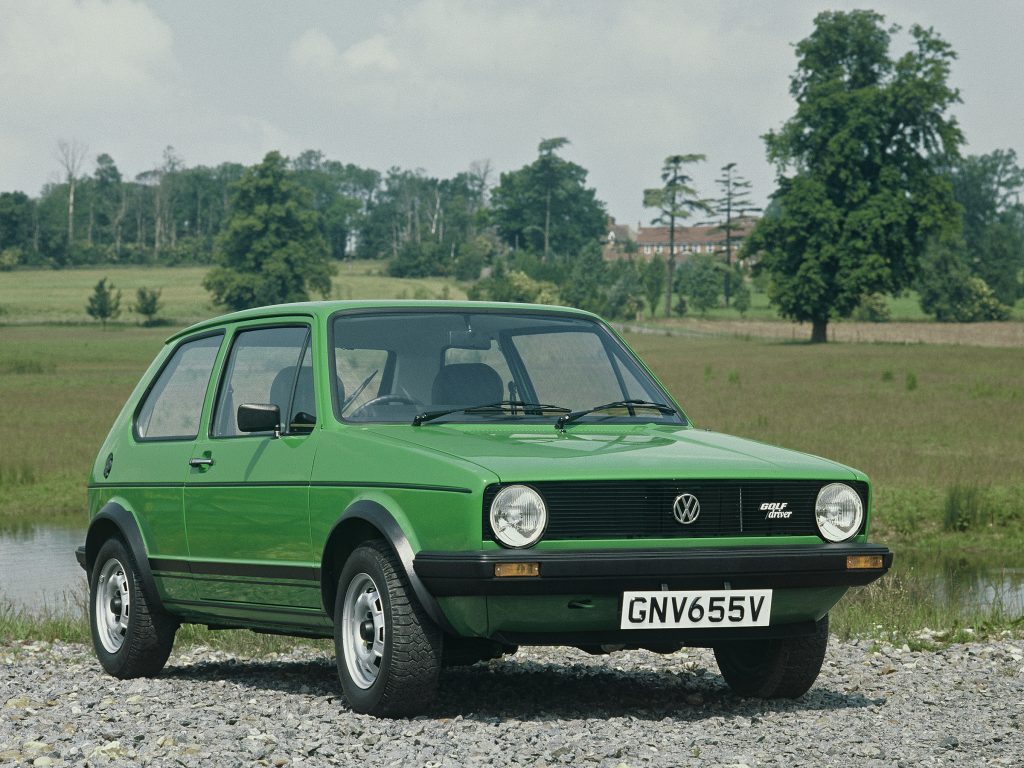
It turned out, though, to be named after a horse, a Hannover gelding owned by Hans-Joachim Zimmermann, then VW’s head of purchasing. In 1973, VW chairman Horst Münzner came over one weekend and rode Zimmermann’s horse, and both men thought the Golf name was a good one for the new hatchback. Zimmermann revealed all when he donated a picture of Golf the horse to the Stiftung Automuseum Volkswagen: “My horse was the inspiration for the Golf’s name, it stands for top-class, elegance and reliability. May the Golf have a long history of success. My horse got to be 27 years old, and in human terms, that meant it reached the ripe old age of 95. That is a pretty good omen.”
Perhaps equally portentous was the fact that Giugiaro considered his folded-paper Golf design to be the most important car of his distinguished career, and it stands close scrutiny even today.
Not only did Golf become a best seller, accounting for more than 50 per cent of VW sales by the end of the 1970s, it gradually morphed into a lynchpin of the entire VW Group operation, with all other models spun off the basic kit of parts that underpinned Golf. So, think of Polo as the small Golf, Passat as the big Golf, and so it went on, to include Audis (posh Golfs), Seats (sporty Spanish Golfs) and Škodas (Czech Golfs). And if the GTI was a fast Golf, the Touran was an MPV Golf, and the Tiguan an SUV Golf.
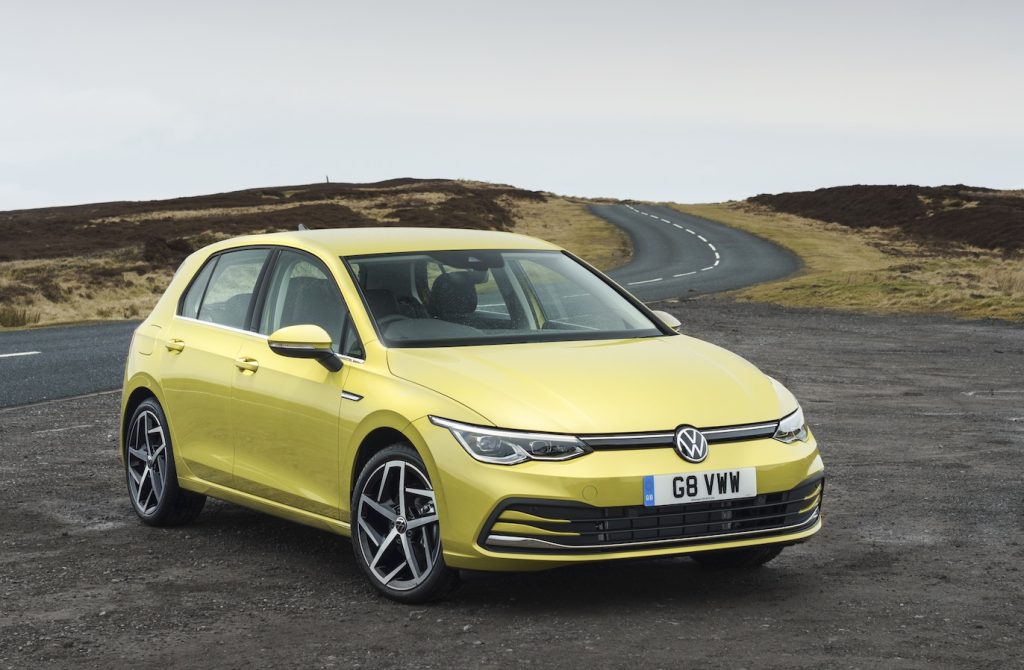
Last month, VW presented its latest Golf – the last to be powered by combustion – to the world. It’s far from all new and can trace its underpinnings to the 2012 Mk 7 model, which is one of the finest mass-production cars ever built.
Trouble is, the Mk 7’s replacement, the Golf 8 of 2020, would have been fine were it not for the dreadful touchscreen system with its confusing CARIAD software and its wrongheaded slider switches for adjusting radio volume and heating, which weren’t even illuminated at night.
So this new Golf is really 8.2, if you like, with some of its software and switchgear improved and upgraded, but sharing its MEB platform structure pretty much unchanged from the Golf 7, and as a result, it’s probably just as good to drive but with a load more interfering electronic safety systems.
And will there be a Golf 9? Probably. After his predecessor denied that there would be a replacement Golf, new VW boss Thomas Schäfer proved to have a better grasp on the public’s love for the familiar and trusted, and he is determined not to throw away the name, which has been a bestseller round the world for the last 50 years.
“The Golf has been at the heart of the Volkswagen brand for half a century now,” Schäfer said at the new car’s launch, “offering affordable mobility for all at the highest technical level. It has constantly adapted itself to customer needs and has thus become a global bestseller… The Golf does not get any better than this.”
As Alan Price sang in the famous 1987 TV commercial for the Mk II Golf, which starred model Paula Hamilton : “Everyone is going through changes. No one knows what’s going on…”
Well, we do – a bit. Schäfer’s all-new Golf won’t arrive until 2028, at which point it’ll be a battery-electric vehicle, and given the way VW has twisted and turned on the hook of good intentions for the last decade, that leaves lots of room for manoeuvre, especially as the EU won’t actually ban combustion-engined cars until 2035. In other words, watch this space…
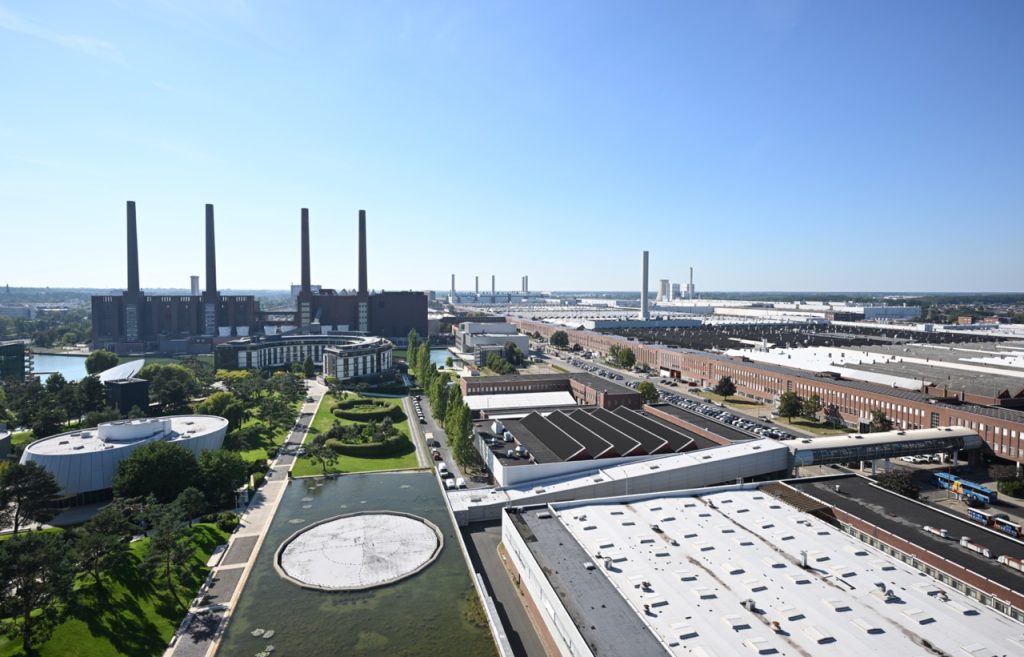
But let’s go back to the Golf’s heyday, starting with where it’s built. Though it has been produced around the world, the Golf is most associated with the 70 million sq ft plant at Wolfsburg in Germany. Built in 1938, the factory was established on a greenfield site near the village of Fallersleben. At its inauguration it was named KdF-Stadt – Hitler’s original name for the Volkswagen Beetle was KdF-Wagen, for “kraft durch freude”, meaning strength through joy. The site was later named Stadt des Kdf-Wagens bei Fallersleben – City of the Strength Through Joy Car at Fallersleben – and was expanded into a larger city with blocks of flats for workers and a power station that provided electricity and heat to those workers’ homes.
After World War Two and the reinstatement of production of the Beetle, it was renamed Wolfsburg, after the nearby Wolfsburg Castle. In 2003, for the launch of the fifth-generation Golf, Volkswagen temporarily renamed the city ‘Golfsburg’ as a fairly rubbish publicity stunt.
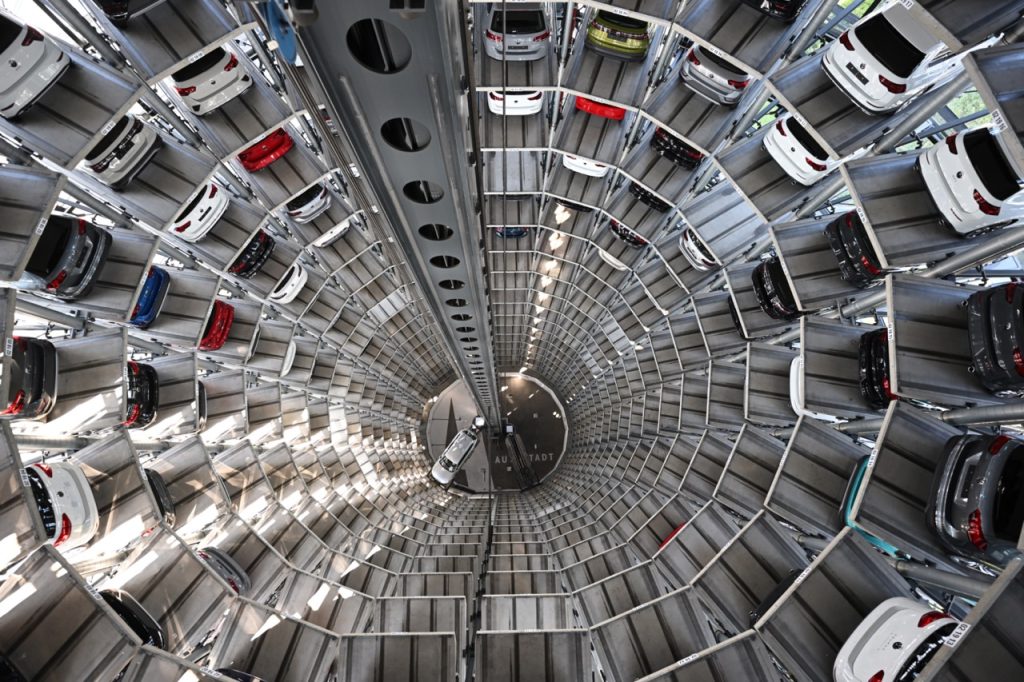
So here we are in 1974, and the launch of the first-ever Golf. “Great power, great performance and great fun,” ran the copy lines for the razor-edged little car. It arrived in the UK in October 1974, but the road testers didn’t get their hands on it until the following year.
Motor magazine’s car breakers tested the 1100L model in early 1975, and their judgement was nuanced. They liked the smooth and tractable engine, excellent gearchange, responsive steering, and safe handling, though the photographs seemed to show them hurling the little car through every available corner. What they didn’t like so much was the £1,517 price, which made it quite pricey against the Austin Allegro, Alfasud, and Ford Escort. And the performance data was rather underwhelming: an 87.4mph top speed, 0–60mph in 17.8sec, and an average of 28.4mpg.
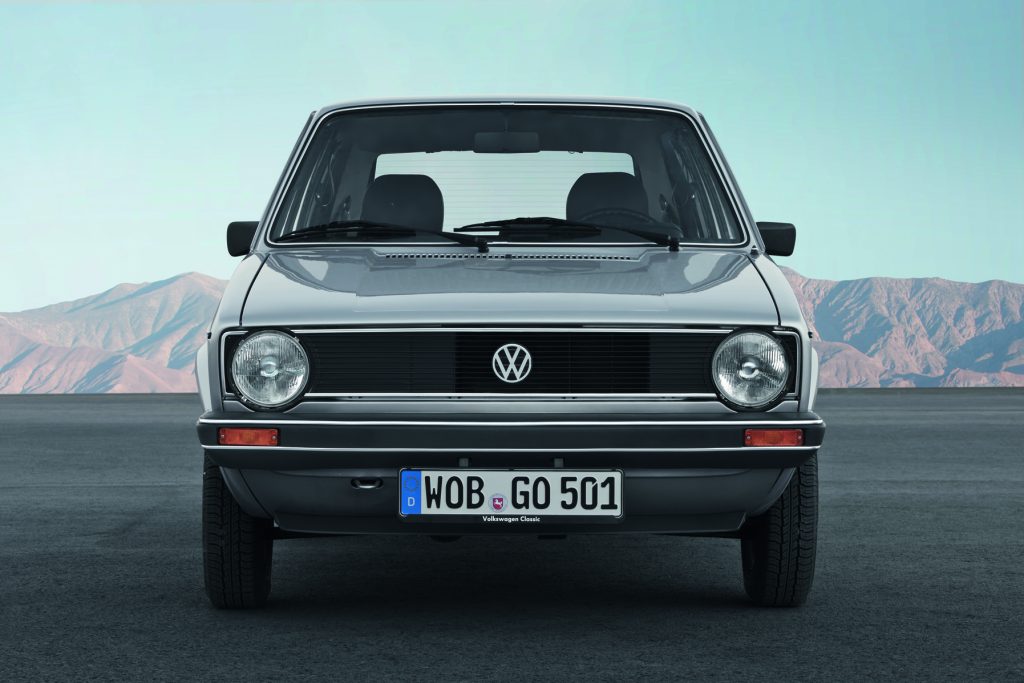
It was four months until they got their hands on the more luxurious and powerful 1500LS, which cost £1,798. Motor’s verdict was that the seating was too hard, ventilation was poor, and the gearchange felt imprecise, but they still liked it and it performed a lot better, with a 97.8mph top speed, 0–60mph in 12.6sec. and average fuel economy of 27.8mpg.
The Golf was runner up to Citroën’s CX in the 1975 Car of the Year award, but the public knew what they wanted, and in its first year of sales the VW was the UK’s 14th best-selling car, with almost 20,000 sales.
I owned an early ’80s Mk I with a 75bhp, 1.6-litre engine and five-speed gearbox. Bought secondhand, it was a lovely little car: nippy, economical and very cool compared with the competition at the time. I was far from alone; there are pictures of a certain Diana Spencer standing beside a light-blue Mk I. Amazingly, the Mk I model continued to be produced in South Africa until 2009.
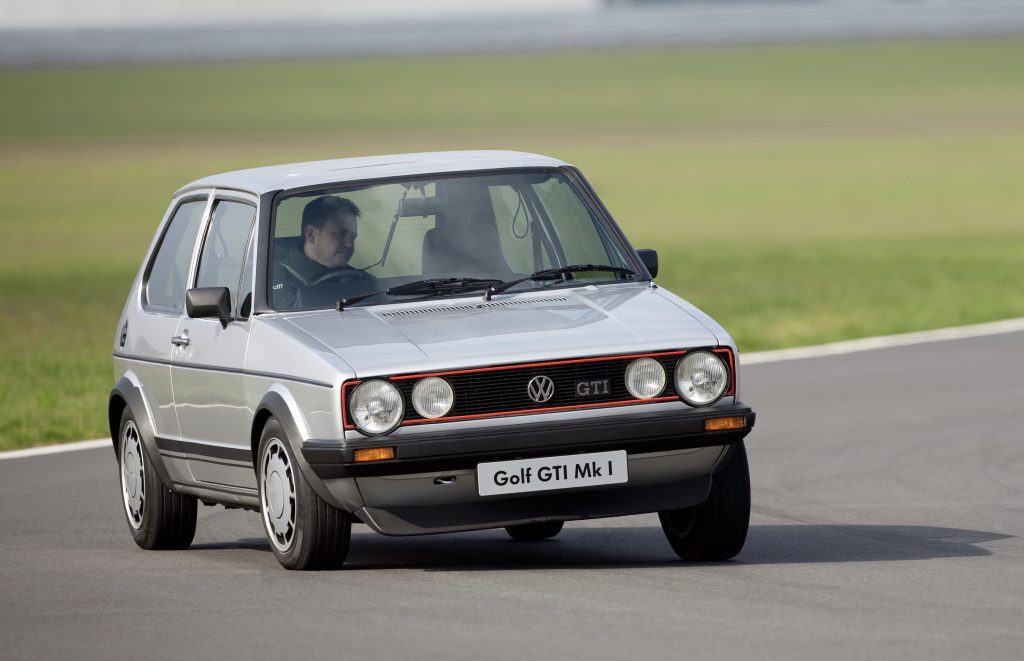
In 1976 came the GTI, which is considered to be one of the first-ever hot hatches. The UK didn’t get it until 1977, and only as a special-order left-hand-drive model. Back to our fast and furious Motor testers, who concluded: “If Volkswagen are as successful in competition as they have been in developing this car, they will prove formidable opponents.”
UK buyers would have to wait until 1979, however, for a full factory RHD GTI, which basically was the start of the British public’s love affair with fast family hatches; there have been times when GTI models have accounted for more than 10 per cent of all UK Golf orders.
The second-generation Golf was introduced in 1983 (1984 in the UK). By this time the GTI version was sporting a 1.8-litre engine, and with the larger body and more practicality, many consider the Mk II of whatever stripe to be one of the finest Golf models produced.
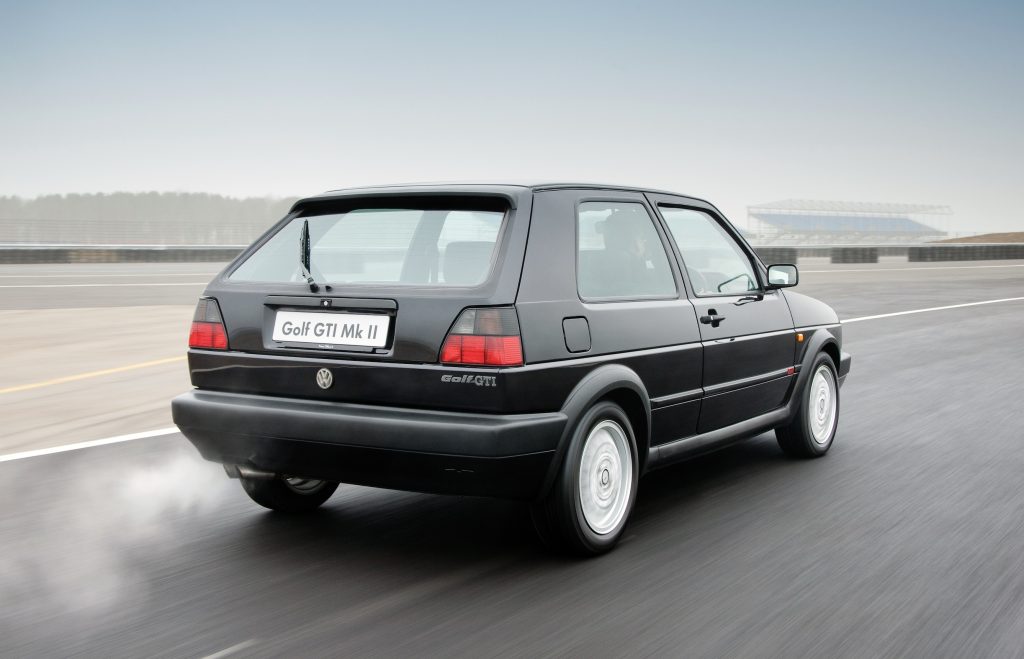
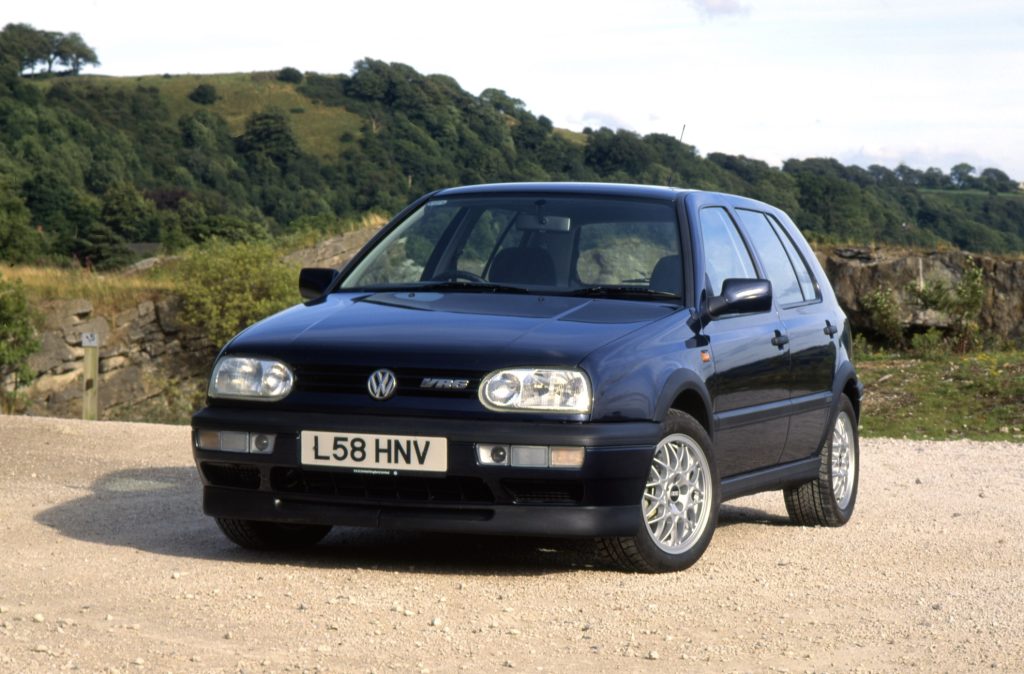
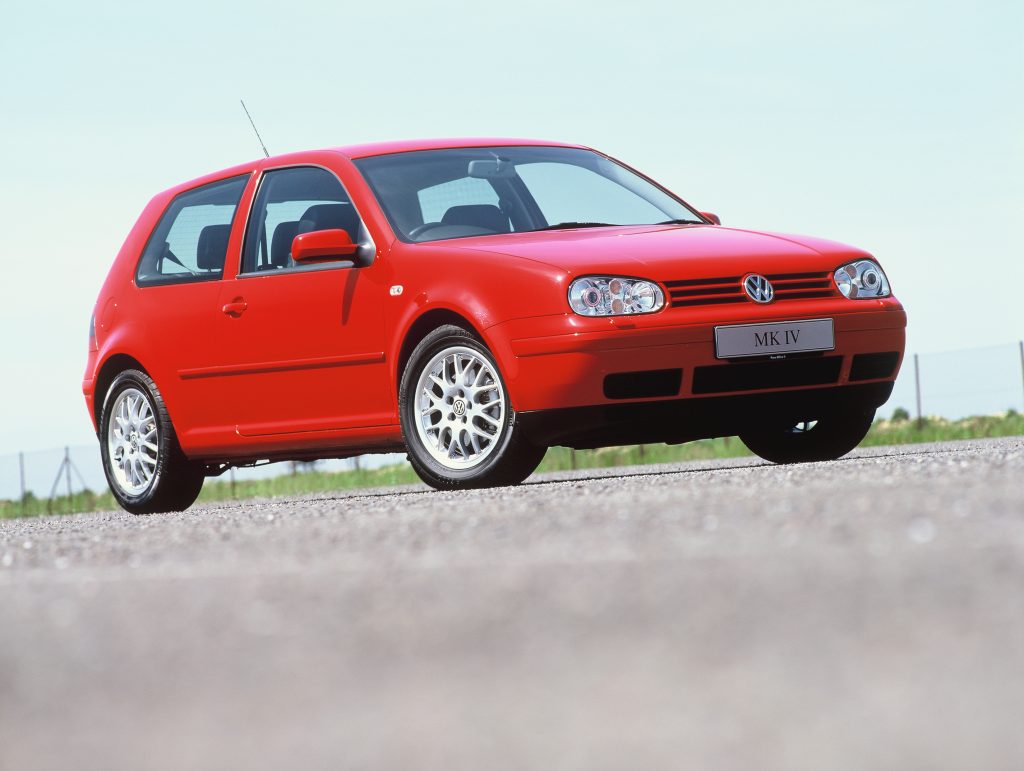
A complete restyle arrived with the Mk III, which helped it finally garner the European Car of the Year award, in 1992. The 1998 Mk IV marked an attempt to take the car upmarket with a lovely attention to detail in the cabin, but also a big weight increase, lacklustre handling, and an 8-valve GTI model that was scarcely worthy of the badge. Largely unloved except by VW executives, the Mk IV was compared unkindly to the sharp handling and looks of the 1998 Ford Focus.
The fifth and sixth generations (2003 and 2008, respectively) moved the game on with independent rear suspension, but again with a weight increase. It was the Mk VII that incorporated VW’s new MQB platform, which pushed the Golf back to the forefront, with more space, a bigger boot, and more rear leg room than before.
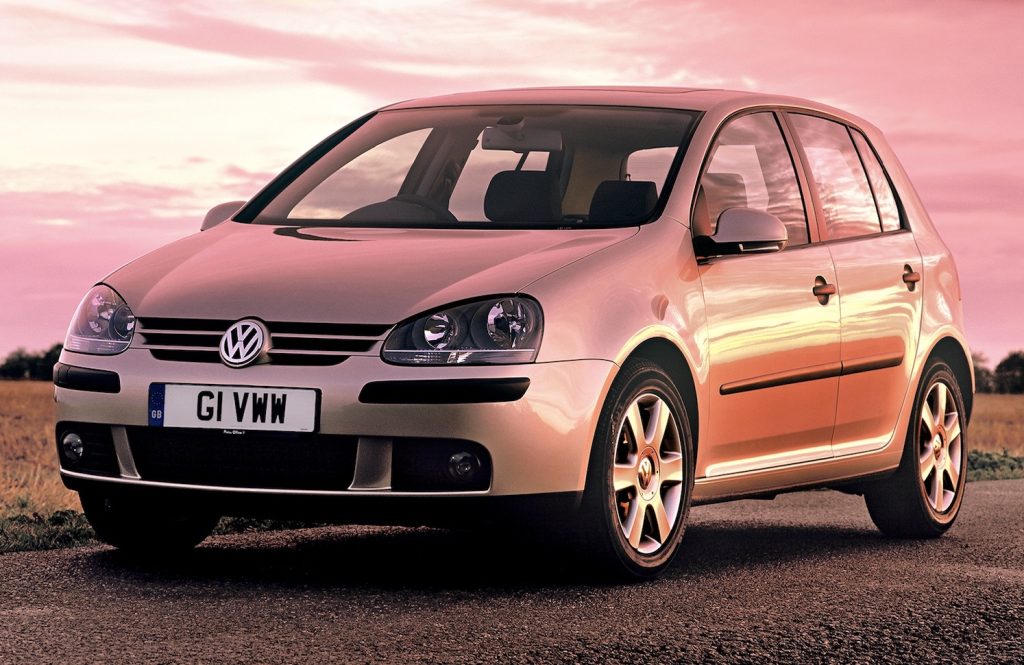
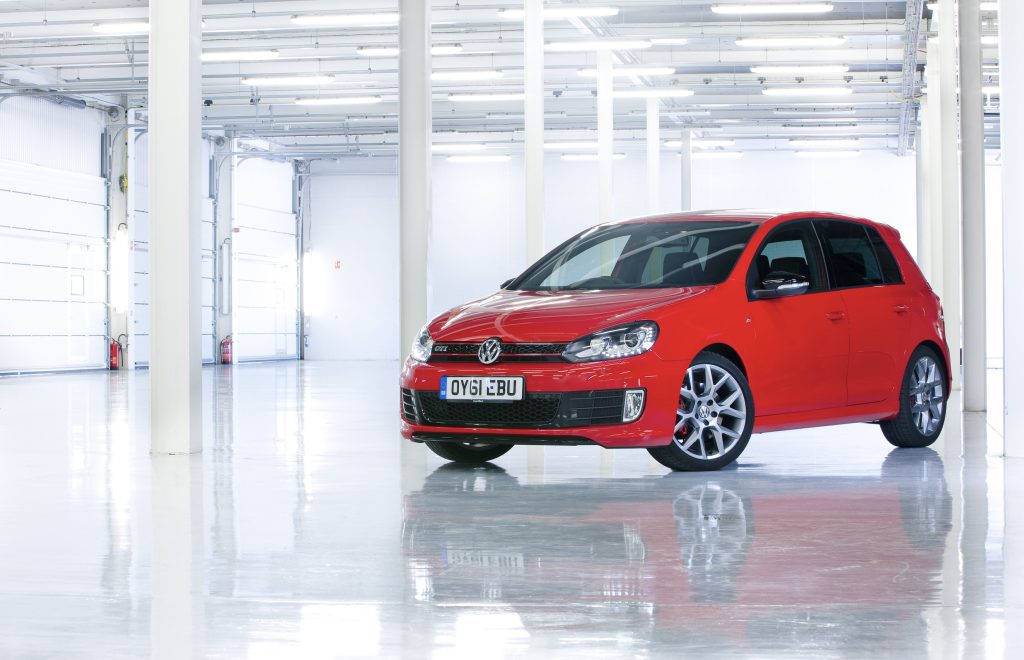
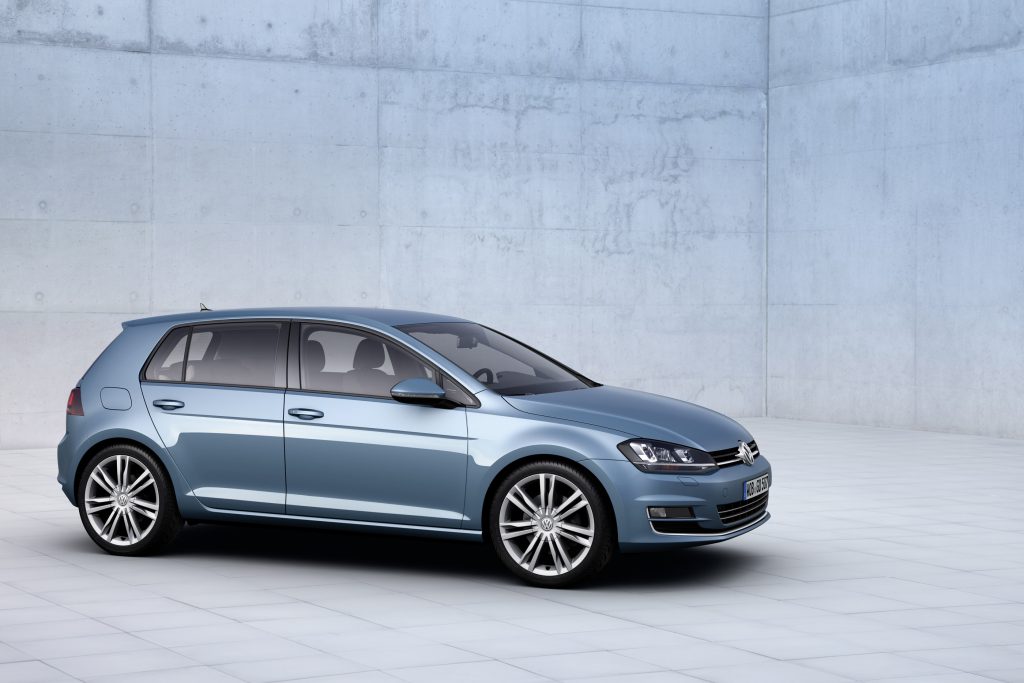
And in 50 years, boy did the Golf grow. The new Golf 8 measures 4284mm in length, with a kerb weight that starts at 1255kg. Contrast that with the tiny Mk I, at just 3705mm long and weighing 800kg, but the latest model is also safer, quieter, more comfortable, faster, and more economical, so progress hasn’t all been backward.
Now it’s the beginning of the end for a car that many learned to drive in and which in the last half-century has sold on average 2000 units a day. While the Golf continued to top the sales charts as the world went into Covid lockdown, its fall started in 2022, a troubled year in general for the motor industry. At that point, the Golf’s 15-year run at the top of the European sales charts ended, with VW’s manufacturing and supply issues causing the car to fall to fifth place, with Peugeot’s 208 assuming the top spot.
Not that the Golf will disappear from our roads overnight. With total sales of over 2.3 million in the UK, there have been at least 442 different Golf models over the years, which makes it very difficult to work out exactly how many are still on the road, although one estimate has it at just over a million.
As they said in the first GTI adverts, “everyone must have something in life he can rely on.”
If you are someone who still has a Golf parked outside, you’re part of a once-important but now slowly diminishing herd. But don’t despair, your daily driver has been one of the most influential and significant cars ever built, and if you look after it, it most surely will look after you.


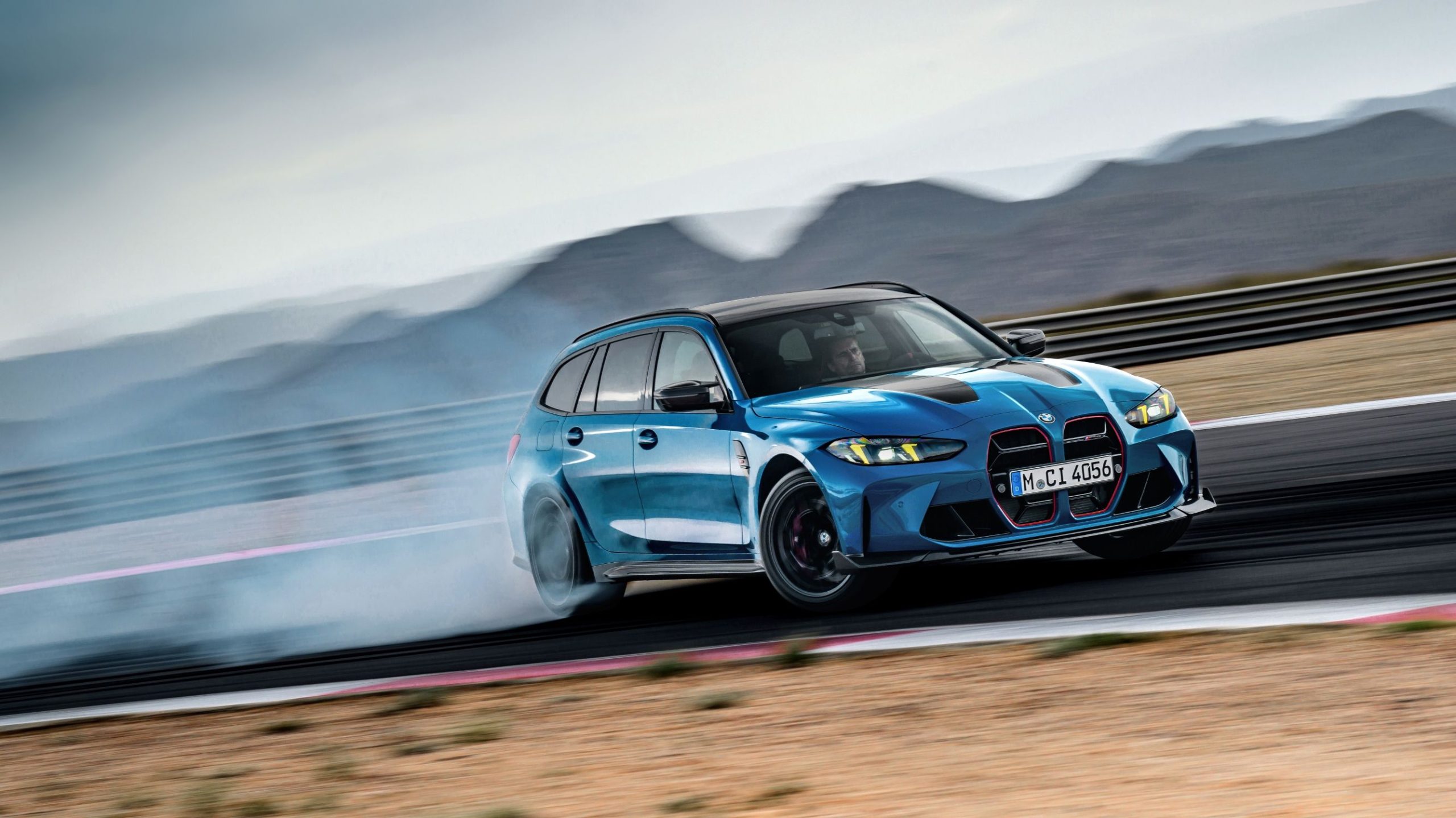
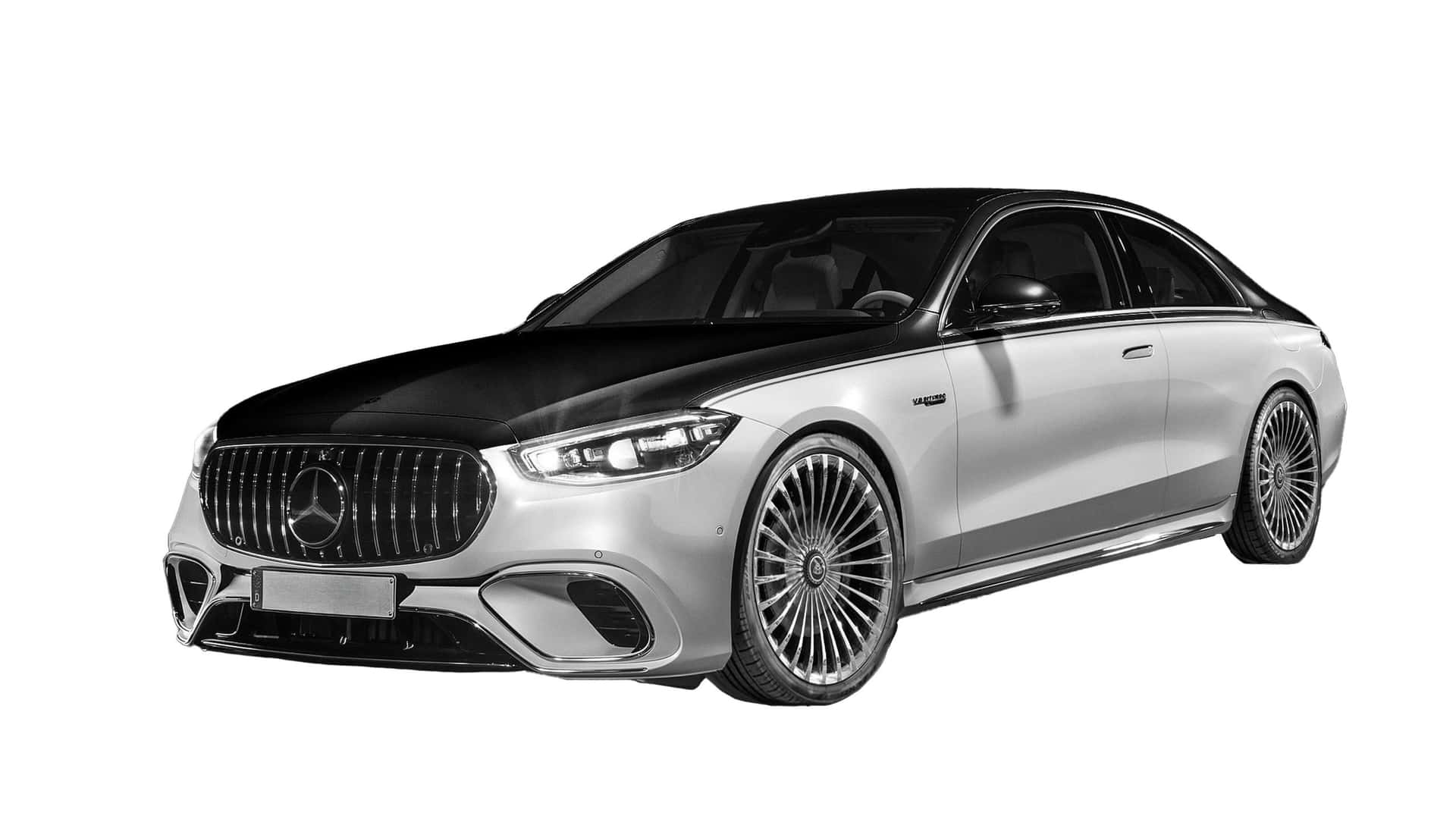


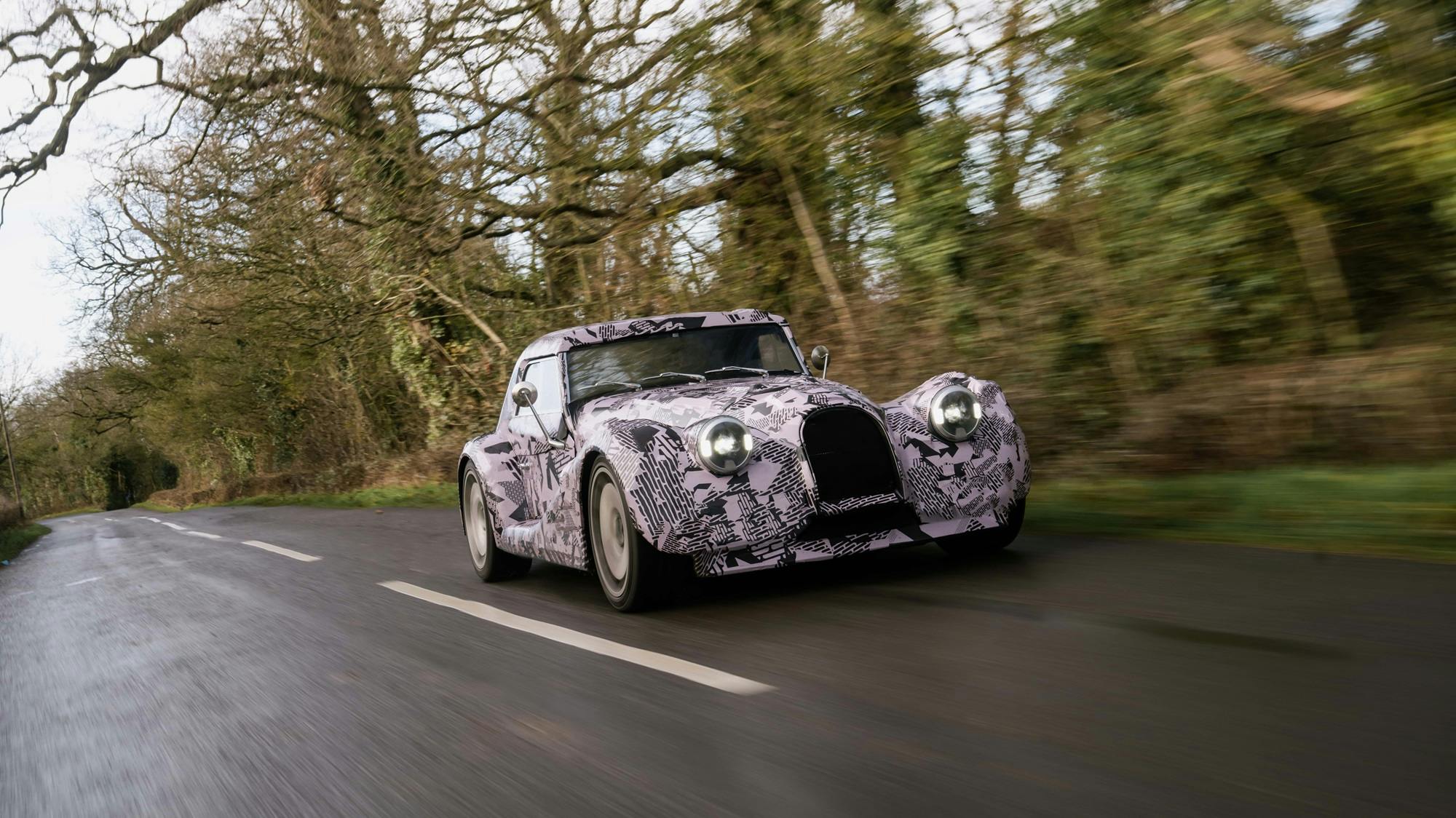
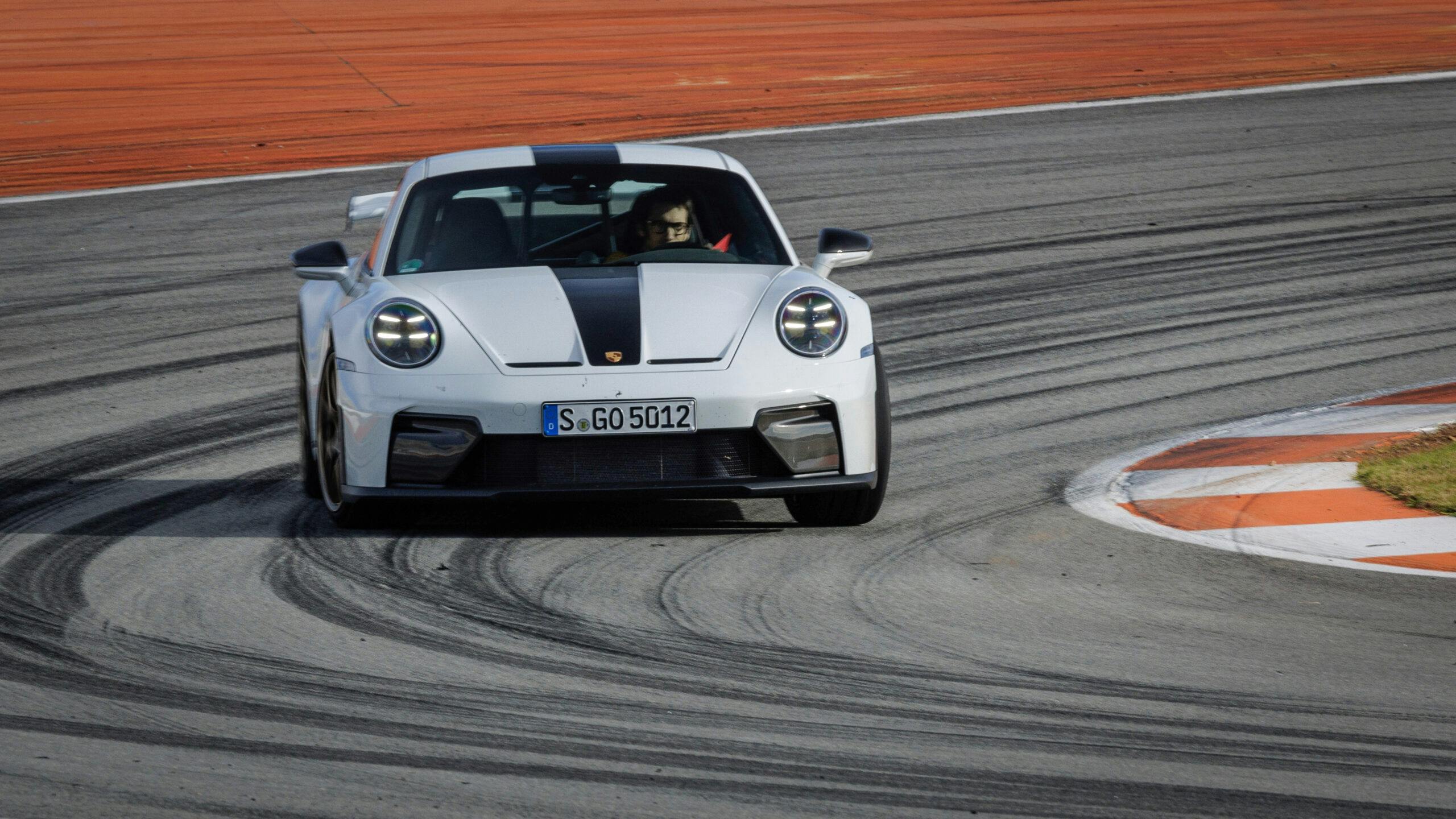

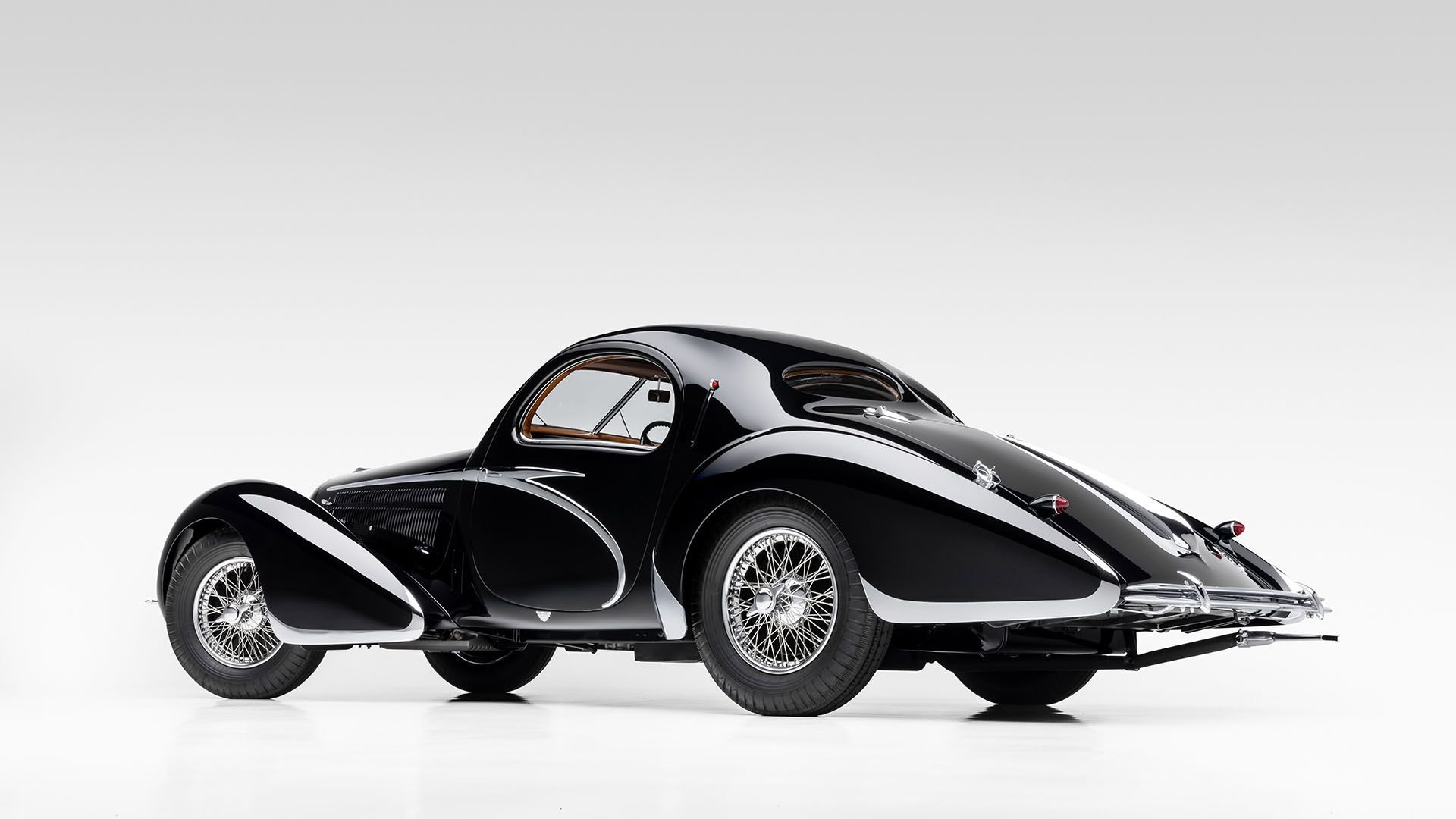
German methodology for building heritage has never been convincing, but definitely worked on journalists. Charging too much for something for 50 years creates heritage; Beetle, Golf, BMW flat twins, Porsche self-crashing cars. I had a 3.0 Capri, TVR, Lexus LS400, all whilst unable to afford a Golf.
Dear Sidney,
Thanks for the post, though I’m not sure I absolutely agree with you. Certainly there have been some less-than stellar Golf versions and even today the average mechanic looks at maintenance on an old Golf without much enthusiasm (the fourth plug for example), but some of these cars marked the zenith of mass production in family hatchbacks. Don’t forget the kind of warranty woes that affected rivals from Renault, or Peugeot. The awfulness of the Fiat Stilo, the marketing lead Escorts where even front anti roll bars were dropped in favour of a competitive price. We journalists tried to document all this and cast an objective eye on Golf at the same time. Each time is a snapshot against what else could be purchased of the same sort of size for the same sort of money. Revisionist history shows we could have got this wrong at times, but what is it they say about the first draft of history?
All the best, Andrew